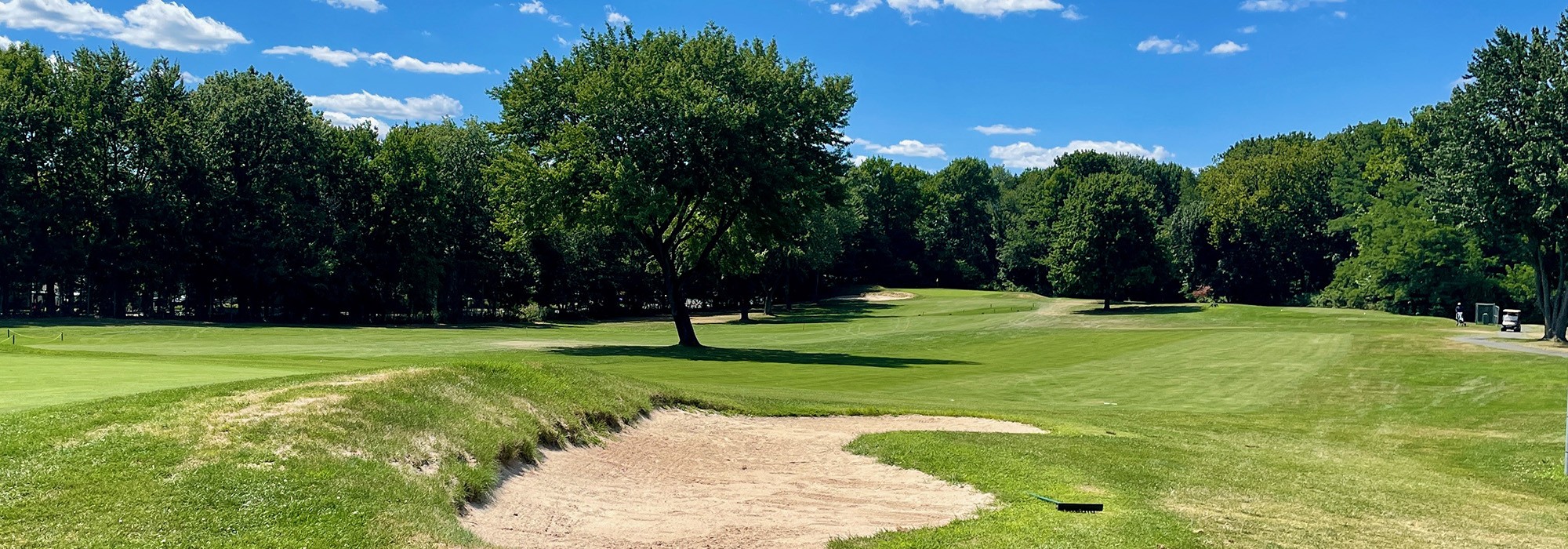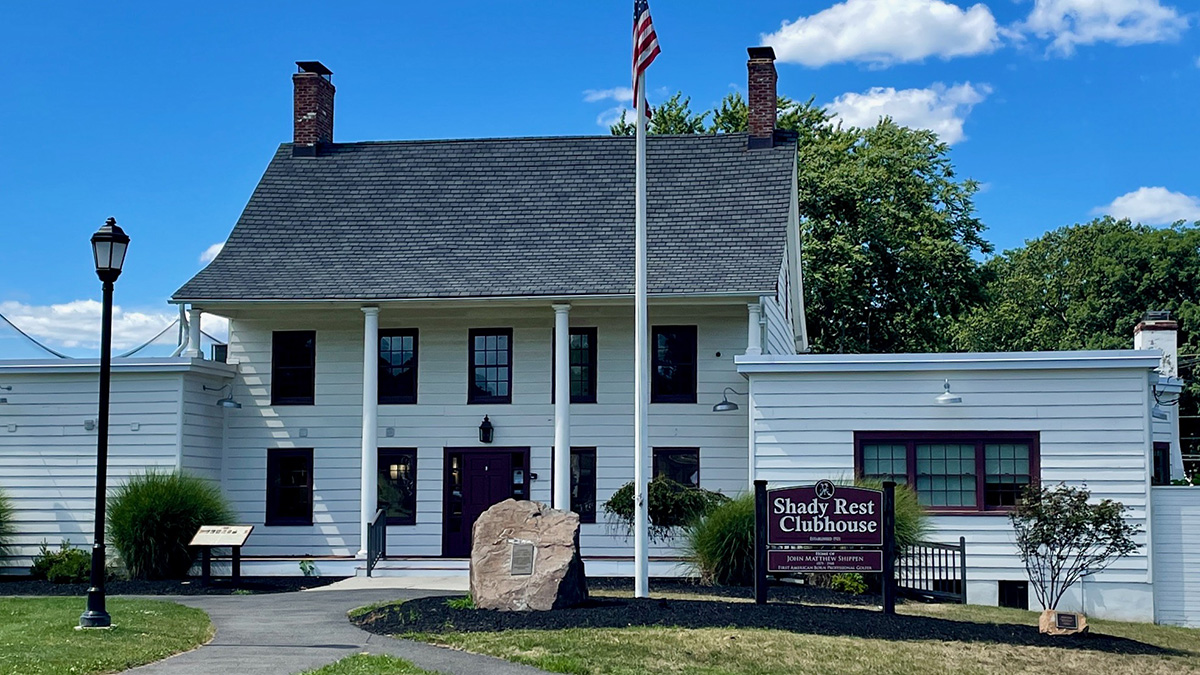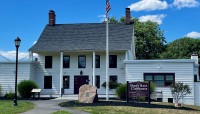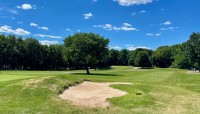Landscape Information
This approximately 30-acre, oblong parcel located in a mixed-use neighborhood south of Highway 22 is framed by two northwest-southeast oriented roads. The site’s rolling topography, features a clubhouse and nine-hole golf course, noted as among the earliest African American country clubs in the nation.
Originally a farm established in the eighteenth century, the property was leased by white golfers in 1900, who formed the Westfield Country Club and redesigned an existing two-and-a-half story farmhouse as a clubhouse. The course was laid out contemporaneously to the northwest of the clubhouse and is attributed to Scottish professional golfer David Smith Hunter. In 1913 the course was reconfigured and enlarged. In the second decade of the twentieth century the surrounding neighborhood became predominately African American, and in 1921 local residents and investors leased the club, establishing the Shady Rest Golf and Country Club.
Accessible only to African Americans, the club was a recreational, social, and cultural center. The club hosted prominent speakers such as W.E.B. DuBois, and musicians including Duke Ellington and Ella Fitzgerald, attracting audiences of all classes and backgrounds. Prominent athletes competed at Shady Rest, including Althea Gibson and John Shippen, Jr. The latter served as the club’s golf professional and groundskeeper, residing in the clubhouse from 1931 until 1964, when the town assumed management of the club and the property was desegregated.
The property is edged primarily by a dense screen of trees, including maple and pine, and is dominated by the golf course, which includes linear fairways, roughs, greens, natural water features, and copses of deciduous trees. The clubhouse, rehabilitated in 2018, occupies the property’s highest point and is fronted by a green. In 2022 the property was listed in the National Register of Historic Places.








